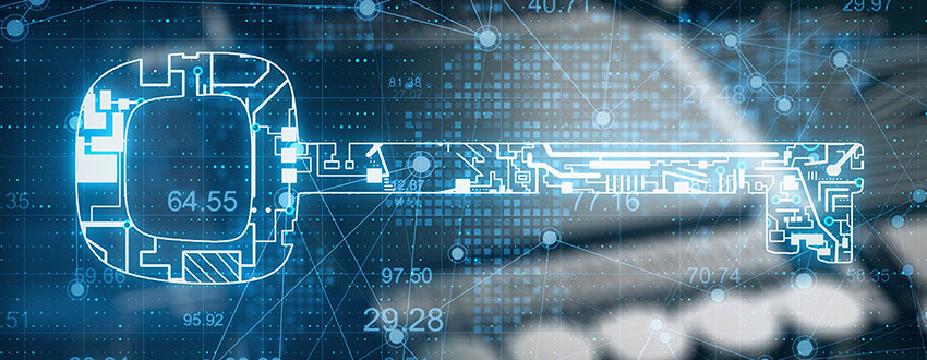Excerpt§
This article outlines the key differences between SHA-1 and SHA-3 hash functions in terms of design, security, and transition recommendations.
Cryptographic hash functions are essential tools that provide data integrity and authentication in information security systems. SHA-1 and SHA-3 are two widely used hash function standards, but they differ significantly in their design and security. In this post, we will compare SHA-1 and SHA-3 to understand their key characteristics and applications.
Introduction§
Hash algorithms like SHA-1 and SHA-3 generate fixed-size message digests from arbitrary length inputs. This allows efficiently verifying data integrity by comparing hash values.
SHA-1 was an early hash function standard introduced in 1995. But cryptographic weaknesses in it led to the SHA-3 competition for a more secure design. Learning about the differences between SHA-1 and SHA-3 provides insight into the evolution of hash functions for robust data security.
Overview of SHA-1§
SHA-1, published as a US federal standard in 1995, produces a 160-bit hash value for messages up to 264 bits in size. The SHA-1 algorithm processes input in 512-bit blocks, applying 80 rounds of compression.
Key attributes of SHA-1 include:
- High speed and efficiency
- Small digest size of 160 bits
- Simple design based on MD5
- Wide adoption in early applications
However, SHA-1 has exhibited vulnerabilities over time, including collision attacks. This has led to deprecation by industry standards.
Overview of SHA-3§
SHA-3, published in 2015, was designed through an open competition to address weaknesses in SHA-1 and SHA-2. SHA-3 utilizes a sponge construction and permutation concept.
Key attributes of SHA-3 include:
- Flexible digest sizes up to 512 bits
- Built-in resistance to length extension attacks
- High security against cryptanalysis
- Slower but more robust than SHA-1
The SHA-3 algorithm is gaining adoption in blockchain, IoT and other applications needing strong security.
An free online tool to quickly verify your answersFor more SHA3 tools, please click here
Key Differences Between SHA-1 and SHA-3§
Some major differences between SHA-1 and SHA-3 are:
- Algorithm structure - SHA-1 uses Merkle–Damgård construction, SHA-3 uses sponge construction
- Security - SHA-1 has vulnerabilities while SHA-3 provides long-term collision resistance
- Speed - SHA-1 is faster than computation-intensive SHA-3
- Digest sizes - SHA-1 has fixed 160-bit digest, SHA-3 allows variable output
- Design - SHA-1 design is similar to flawed MD5, SHA-3 is completely redesigned
Security Comparison§
Research over the years exposed weaknesses in SHA-1, enabling collision attacks with practical complexity. In contrast, the SHA-3 design provides strong security protections including:
- Immunity to length extension attacks
- High resistance to collision, preimage and second-preimage attacks
- Future-proofing against cryptanalysis advances
This makes SHA-3 far more secure than SHA-1.
Applications of SHA-1 vs SHA-3§
SHA-1 continues to find usage in legacy applications, including:
- Version control systems like Git
- Root certificate authorities
- Applications needing fast hash function
However, SHA-3 adoption is increasing in cryptography needing robust security:
- Blockchain and cryptocurrencies
- Internet of Things (IoT) applications
- Platform firmware security
- Digital signatures and random number generation
Conclusion§
In summary, the transition from the broken SHA-1 standard to the more secure SHA-3 hash function highlights the need to continually assess and evolve cryptographic primitives. Understanding the differences between older and modern hash algorithms allows selecting the most appropriate option based on speed, digest size, and long-term security requirements. SHA-3 delivers the strong collision resistance needed for future-proofed data integrity mechanisms.















